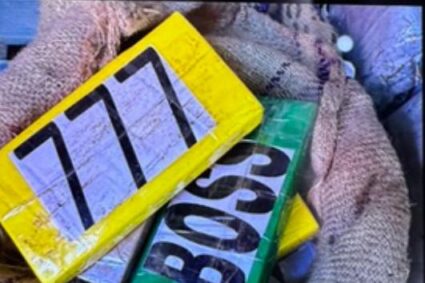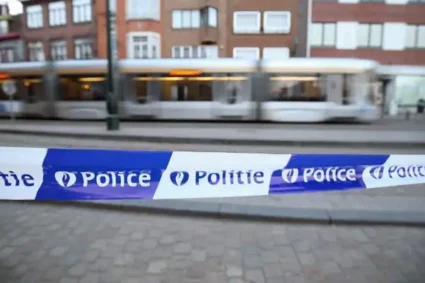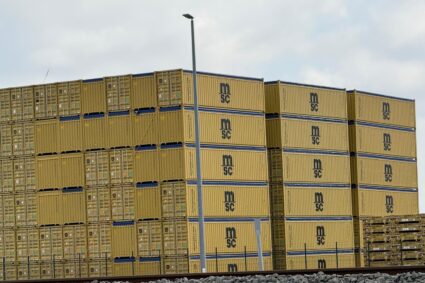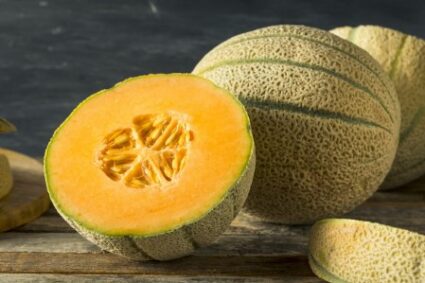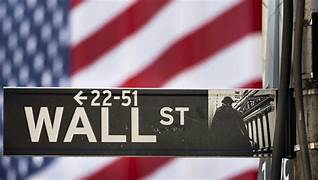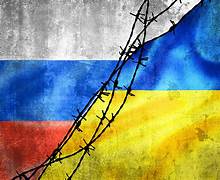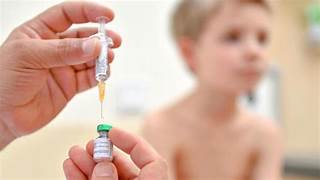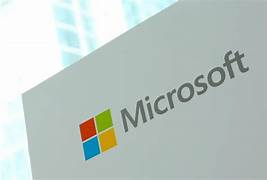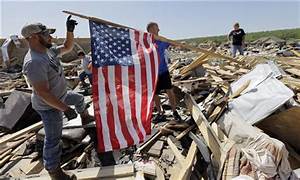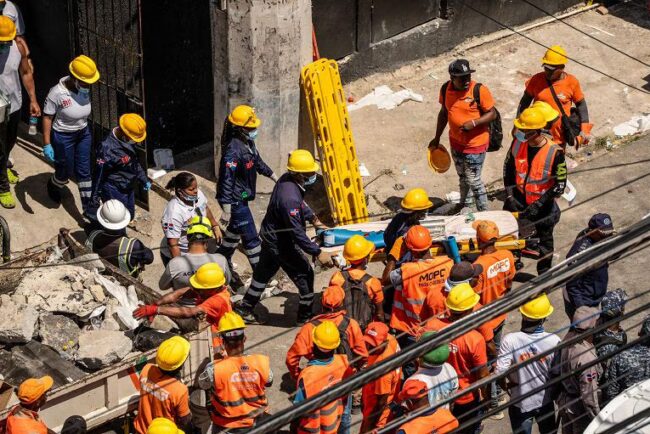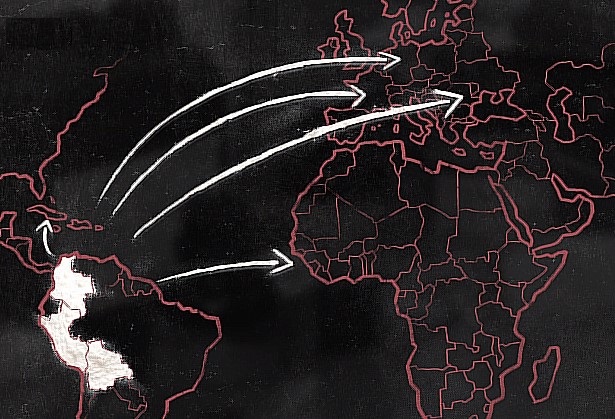
When one hears of Belgium, probably the first thing that comes to anyone’s mind won’t be cocaine. It might be Belgian chocolates. But when one lifts the veil of stereotypes and looks into the reality that hides in the crevices, the reality is quite different. One of the earliest known instances of drug trafficking in Belgium was in the 19th century, when opium was smuggled into the country from the East Indies. Opium was used primarily for medicinal purposes, but it was also popular among the wealthy as a recreational drug. In the 20th century, drug trafficking in Belgium became more organized and sophisticated. The country’s strategic location, with its extensive network of ports and airports, made it an ideal transit point for drugs being smuggled into Europe from South America, Africa, and Asia.
In 2020, the port of Antwerp in Belgium accounted for 40 percent of all cocaine seizures in the European Union, as per a report from The Economist. The port of Antwerp, along with the port of Rotterdam, is considered the gateway to Europe. In the year 2017, the authorities seized 41 tonnes of drugs. In the year 2020, the authorities seized 65.5 tonnes. The number went up to 89 tonnes in the year 2021,then go up far-over 110 tonnes in 2022.
Why Belgium?
Most drugs enter into the US through the US-Mexico border. Transporting drugs to Europe is a completely different ball game. TV shows depict customs authorities in airports intercepting people carrying drugs hidden in their luggage or within their body, but these shows give an inaccurate depiction of the drug trade. It is conducted on an industrial scale and it is much more brazen. 90 percent of global trade occurs through sea lanes, and drugs are no exception. Drugs are in fact transported using the very same shipping containers that ships our mobiles, grains, oil, and fruits.
Cocaine is offloaded on the very same ports where goods we consume are offloaded and they are offloaded together. The question that arises now is this – how in the world no one observes these drugs being offloaded? To answer this question, understanding the basic principles of economics that make maintaining a port a profitable business is necessary.
In the globalised world that works according to the Ricardian principle of economics, efficiency is crucial. In ports, that means transporting the offloaded goods to their destination as soon as possible. Inspection undermines efficiency. In globalised supply chains, time is crucial. Consider shipments of bananas from Latin America to Europe. Bananas are a perishable good, hence it is pertinent that they don’t spend too much time in the port. Offloading the shipping containers carrying bananas from large ships takes time. Loading them onto trucks takes time.
The port of Antwerp is famous for its efficiency. In other words, it is famous for how quickly it offloads goods and then sends them to their destination.
Mathematically speaking, the probability that cocaine will be discovered and seized is quite low.
Increasing the percentage of containers being examined would mean loss of time, efficiency, and a global supply chain crisis. As of now, there is no solution in sight. Needless to say, corruption plays a role in this trade. The former head of Antwerp’s anti-narcotic section was recently arrested for taking part in the drug trade, after drugs worth three quarters of a billion euros were seized.
Some years ago, it witnessed multiple arrests of customs officers, who were allowing drugs to enter in exchange for money. Since then, Rotterdam has apparently implemented a computerised system which randomly selects containers for inspection, in effect, taking away the influence of customs officers. It isn’t clear how effective this system is and even if it is implemented in Antwerp, the fear is that drug traffickers will move to the port in Hamburg or Le Havre.

